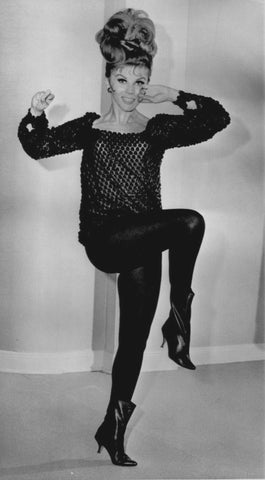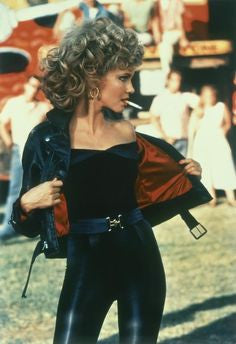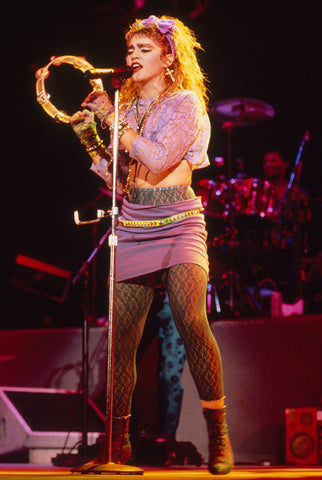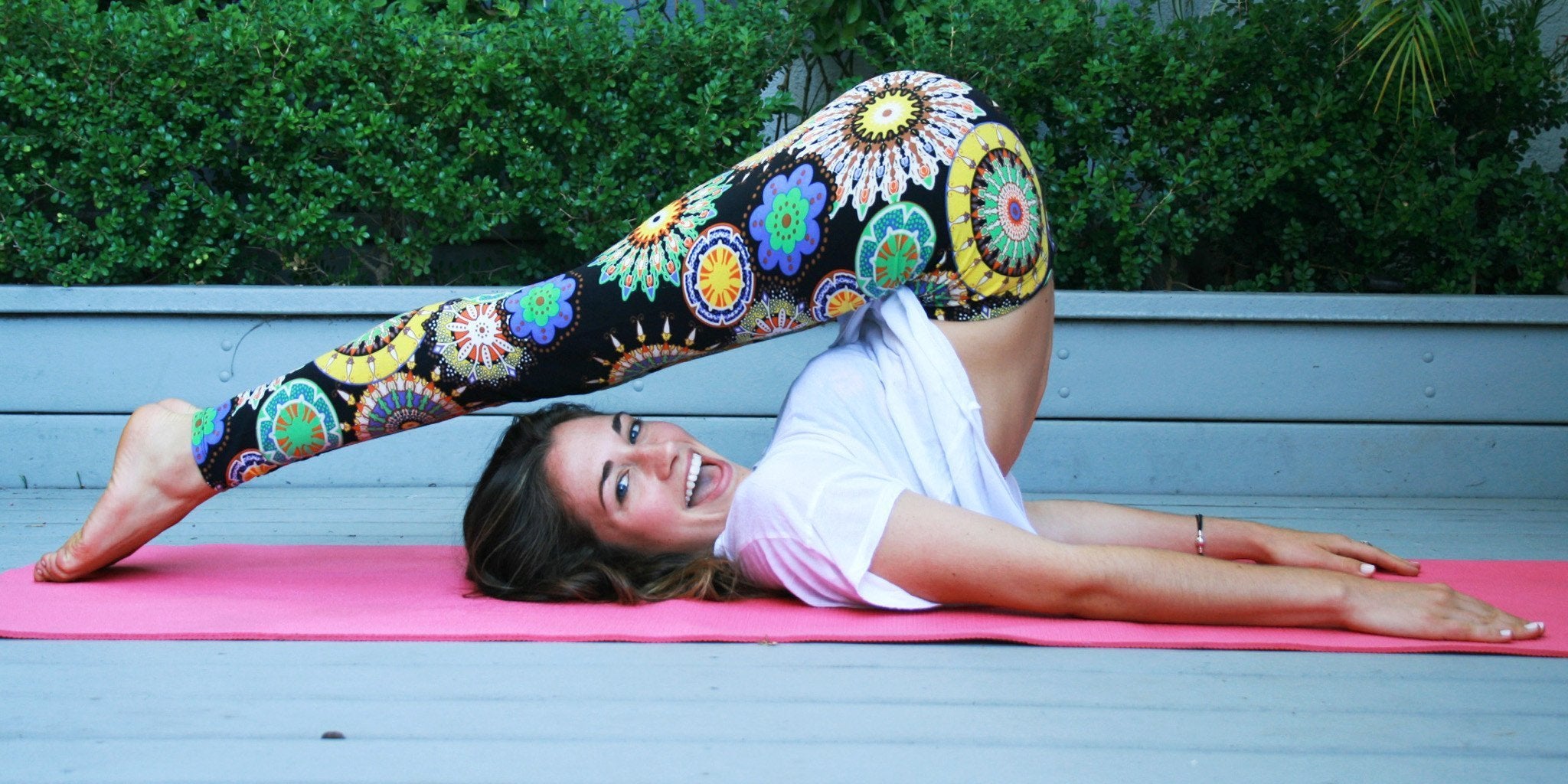Comfortable and easy to wear as casual everyday garments or yoga pants, leggings hasn’t always been the ultimate workout garment and a necessary form-fitting staple in just about every woman’s wardrobe, but completely the opposite. Actually, leggings used to be worn only by men for centuries. Worn for warmth and protection, they used to be a common garment for men during the Renaissance period. Cowboys wore leggings of buckskin to protect from chapping caused by riding, and in colder countries like Russia or Korea, men and women continued to wear wool leggings into modern times, often as a stylish outer layer for warmth. Leggings became fashion item during the 1960s, when they were worn as trousers similar to capri pants, but much tighter.
14th Century
The separate hose worn by men in Europe during the 14th centuries were a form of leggings, as are the trews of the Scottish Highlands. These were adopted by some Long Hunters, French fur trappers, and later by mountain men. It seems like the Scots became trendsetters when it comes to leggings, as in the next few centuries, they were frequently worn by men all over Europe. Separate leggings of buckskin leather were worn by some Native Americans too. They were used for both casual and military occasions, and were cut from a variety of materials, mostly a dull grey brain-tan, unlike the glossy vegetable tanned leather that’s used today.

Henry VIII, King of England, 1536
1950’s and 1960’s
During the World War II, US Army foot soldiers were referred to as legs by paratroopers and other military forces that did not wear the standard Army leggings issued with the field service shoe. In the late 1950s and 1960s, leggings has finally became a part of fashion. Produced as one piece, and made to be tighter than before, they soon became a female garment worn mainly for fitness purposes, and less by men. DuPont created the very first lycra leggings in 1959, and they began to be worn as a fashion piece styled with miniskirts, platform heels, or shift dresses.

Ann-Margret
1970’s
Leggings became a full-blown fashion trend in the 1970s. After the release of the movie Grease and Sandy’s shiny, form-fitting, black “disco-bottoms”, everyone went crazy for the tight, high-waisted spandex leggings. The women of Charlie’s Angels and Debbie Harry wore similar (usually colorful) versions as well.

Olivia Newton-John as Sandy in Grease
1980’s
The fitness and aerobics craze during the 80’s turned gym clothes into fashion staples and this was the first time leggings were seen as a trendy garment. The only style rule of the 80’s was: leggings go with anything. They were paired with loose t-shirts and cropped tops, or under skirts and mini-dresses, with slouchy socks and biker boots or sneakers. From celebrities like Cyndi Lauper and Madonna, to girls and women on the streets, everyone was wearing leggings. Madonna wore them frequently on stage and while performing during her Like A Virgin tour. Because of their great comfort and versatility, their popularity continued into the 1990s, reaching their peak point, when they were outselling jeans in the USA.

Madonna, 1985
1990’s – Today
The legging trend started to cool down a bit in the early '90s, but by 2005, they came back with a vengeance, now available in a variety of styles and fabrics. And yet one decade later, after a winter solid with leather look leggings, floral and animal print versions adorn the legs of trendy women who wear them from gym to the streets and everything in between.

Gigi Hadid, 2016
SHARE THIS POST
















Share and get 15% off!
Simply share this product on one of the following social networks and you will unlock 15% off!